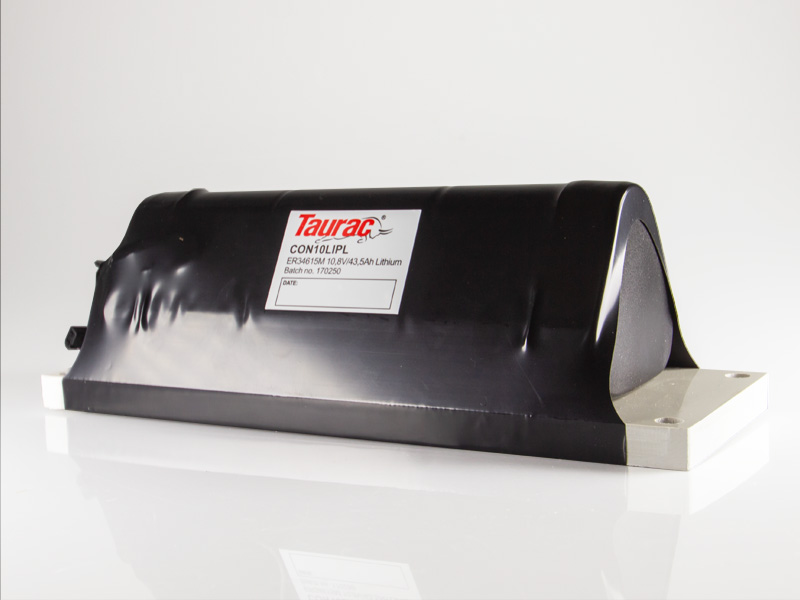Lithium Batteries
lithium Batteries for underground waste containers
Underground waste container systems often require reliable and efficient battery solutions to power various components such as sensors, compactors, and communication devices. The choice of battery technology can significantly impact the overall performance and maintenance of these systems. Three common types of batteries used in underground waste container systems are lithium batteries, lead-acid (AGM) batteries, and alkaline batteries. Each type has its own benefits and considerations.
benefits
Lithium batteries have gained popularity due to their high energy density, longer cycle life, and lightweight design. They come in various forms, including lithium-ion (Li-ion) and lithium iron phosphate (LiFePO4) batteries. Some benefits of using lithium batteries in underground waste container systems include:
- High Energy Density: Lithium batteries have a higher energy density compared to other battery types, allowing them to store more energy in a smaller and lighter package. This is especially advantageous for applications where space is limited, such as underground containers.
- Long Cycle Life: The batteries typically have a longer cycle life compared to other battery chemistries. This means they can endure a larger number of charge and discharge cycles before their capacity starts to degrade significantly.
- Fast Charging: Batteries made of Lithium can be charged relatively quickly, reducing downtime and ensuring that the container system remains operational.
- Low Self-Discharge Rate: The batteries have a lower self-discharge rate compared to other battery types, which means they can hold their charge for longer periods when not in use.

Summary
Lithium batteries are emerging as a game-changing solution for powering underground waste container systems, offering unparalleled benefits that drive efficiency and reliability. With their high energy density and extended cycle life, lithium batteries outshine traditional options like lead-acid (AGM) and alkaline batteries.
Their compact design and fast-charging capabilities make them an ideal fit for space-constrained environments. Moreover, their low self-discharge rate ensures consistent power availability over prolonged periods of operation.
By harnessing the prowess of lithium batteries, waste management systems can unlock advanced performance, reduced downtime, and improved sustainability, underscoring their pivotal role in shaping the future of waste container technology.
Waste Container Batteries with Lithium:

- Sebastiaan Bos
- Waste Container Batteries By Taurac
- 08:30h - 17:00h
- Arnoudstraat 22, 2182 DZ
- Hillegom, The Netherlands
- info@taurac.com
Contact
- Arnoudstraat 22
- 2182 DZ Hillegom
- Netherlands
- +31 (0) 252 - 22 70 70
- Contact Us
Powering a Sustainable Future



